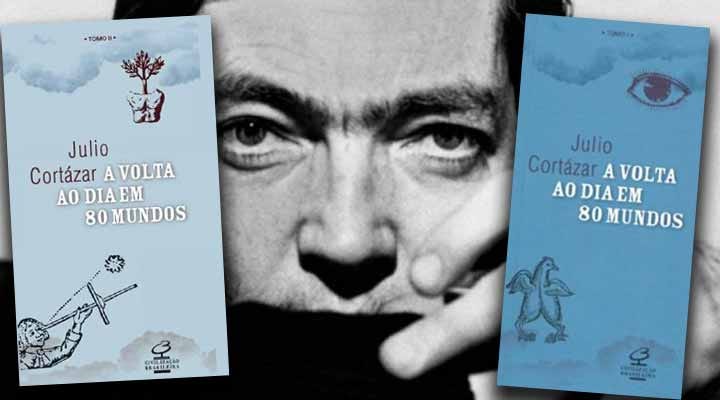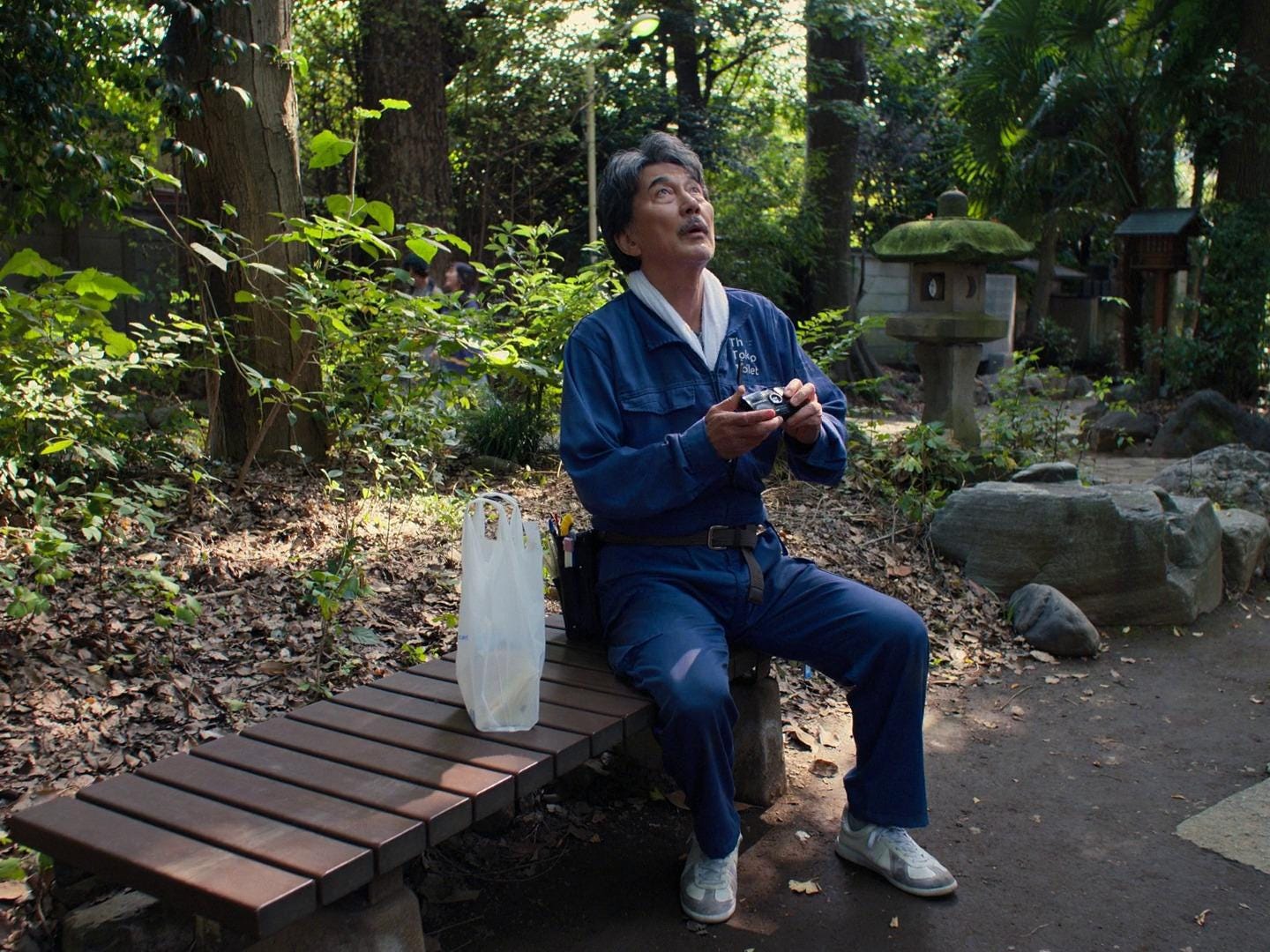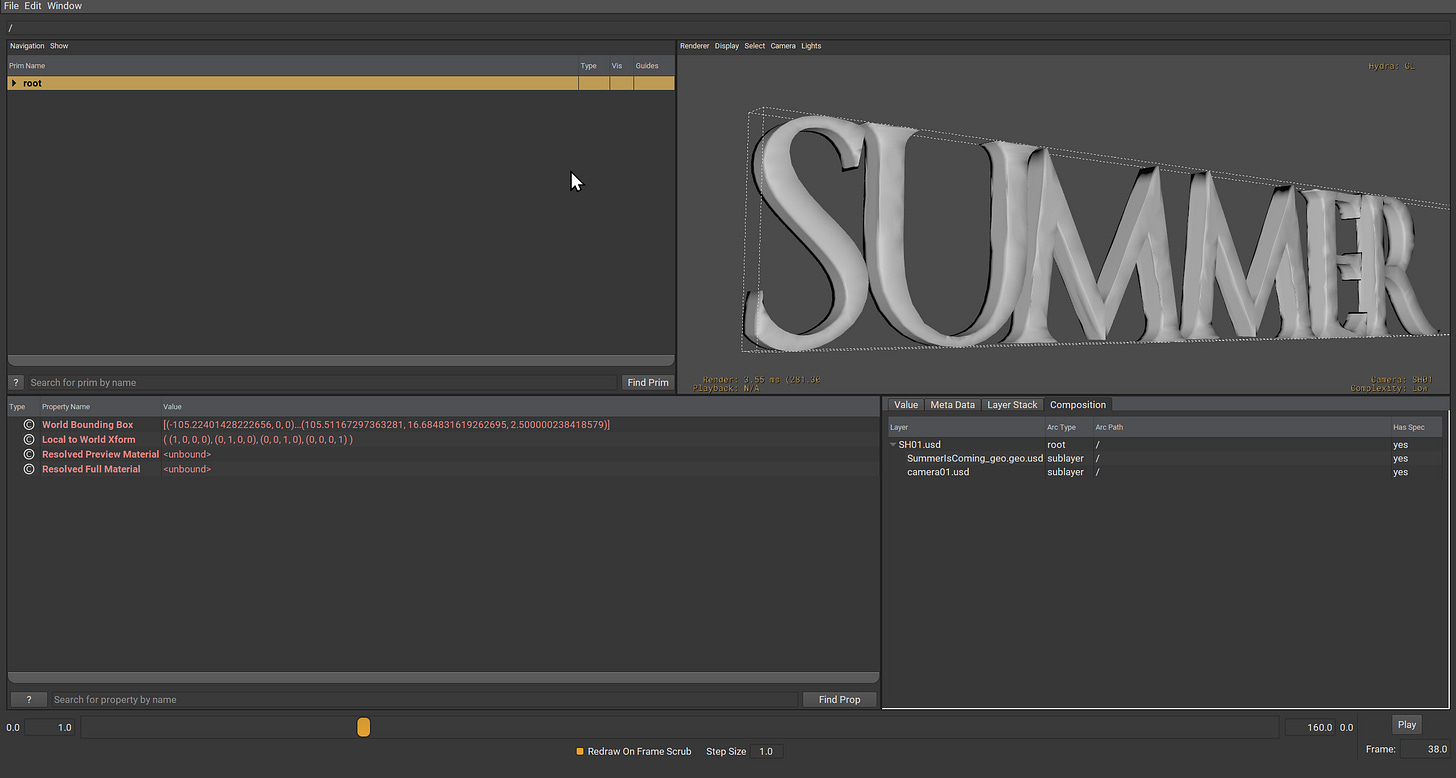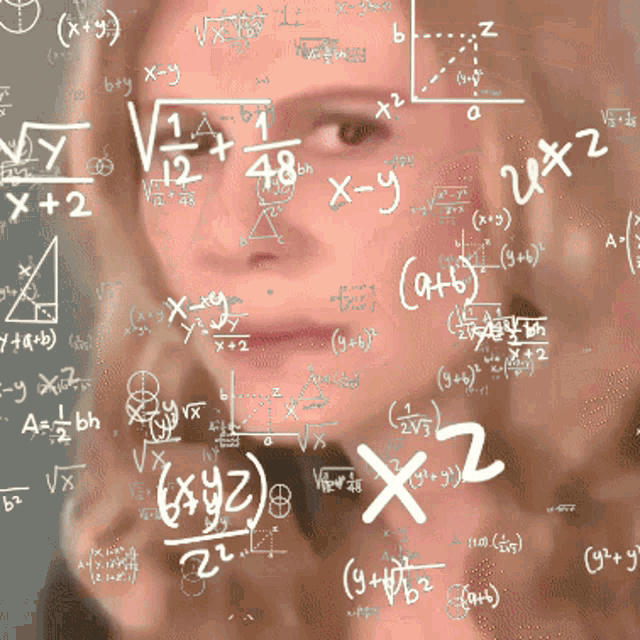What have I been up to
Listening to Julio Cortázar
Julio Cortázar is a writer from Argentina. I unexpectedly found this interview on YouTube. It’s an 1977 interview from TVE.
I read some of his books but I think my favorite is Around the day in Eighty Worlds because is such an easy read. It’s a collection of small texts about plenty of themes, from his thoughts about Literature, to random situations, and fun stories.
I remember reading this book around the same time I was writing my college essay and feeling annoyed by all the rules I had to fit my writing - and consequently, my thinking - into. What I really wanted to write about was dreams, but I ended up writing about perception based on Henri Bergson’s theories (I don’t regret it, though).
I’m telling you this because there are moments in this book, and this interview, that Cortázar critiques Literature as something that has too many rules - that tells you how and what to write. It might be just my opinion, but the fun part of creating something is having the freedom to choose. Writing, just as other creative acts, end up being boring if there are too many do’s and don'ts.
At some point in the interview Cortázar tells about one of his sad moments as a child, which it was when he discovered that people around him (his family and friends) did not have the same understanding of reality as his.
He treated the notion of the fantastic quite naturally - and his sadness came from realizing that the fantastic was seen with disdain by a social convention that prioritizes the rational and logic above all.
"My reality is a reality in which the fantastic and the real intersect on a daily basis"
I don’t know about you, but my heart feels a little warmer by knowing that there are people that think like that. The obligations of life are wearisome enough, and I don’t want to be ashamed to admit that I too perceive the fantastic without separating it from reality.
"The feeling of the fantastic, for me, cannot be explained logically. It is something that is there and that’s it, there is nothing more to talk about."
ShowReel
I've been working on my reel, making quite an effort to squeeze and filter things so that it won't have 10 minutes long. It's challenging but it actually feels good to see the things I worked on the last few years.
Whenever I update my reel I remind myself of how I like doing the editing work. Mixing audio with video is a very intuitive work, and there's something very pleasant about finding the right timing.
Animation
I have a new version for the kitty jump exercise. This time I included some more of my process in the time-lapse, like writing it down all the corrections I had to do. I spent around 4 hours doing this:
Next week I'll have more poses to show you! Maybe include this little fella in an environment as well. :)
Previous action items
OpenUSD
I temporarily gave up on testing Omniverse stage recording. Everything just keeps crashing and I can't focus on studying with that happening. I’ll just accept it in my heart that I won’t be animating anything inside Omniverse…yet.
I'll just do my USD studying on Maya and USD View for now.
So I re-created the camera animation in Maya and exported its cache (thanks Karim for the help on how to do that!).
Ok, I tried to follow ALab's logic here.
Looking at their documentation, they have two big categories: geometry should be inside fragments, and camera caches too. Shots are inside entities.
I decided to follow their structure as a guide. I successfully exported both and joined them back together by layering them, then saved this file as the layout.
A very simple exercise, but it was good to make me think about organization on structure and metadata.
ALab Exploring
I also opened Alab entry.usd on USD View to review their structure. I have so many questions.
How does the layout department use USD? In the end, is it only to save the sequence cameras? How do I save the frame in and out data inside the file? How should I proceed if I need to move or remove an object inside the scene while working in layout or animation? How does this information go forward in the production?
I spent around 3h on this experimentation. I really need to fit more of this sessions on my routine.
What did I learn
Creating something while delving into documentation and example scenes seems to be the best way to learn OpenUSD so far. Just consuming examples and documentation without creating a scene ends up being a little useless if I don’t separate some time to experiment.
Entities and fragments are starting to make more sense now. I think I’m going to go back to asset mapping and try to convert a more robust scene that already has final animation to USD.
I learned that I have too many things that I want to show people and that I don’t really enjoy picking just some of them, but I can’t argue that filtering your own work is a good exercise.
I shouldn’t forget to write/draw/create just for the fun of doing it.
Action points
Naim: pick a scene and convert it to USD. Look at other USD scene examples while doing it.
Create more poses for the kitty animation.
Do at least one python lesson
You’re welcome to join the OpenUSD Study Group every Tuesday at Nvidia Omniverse Discord Server.
You can also accompany ASWF Working Group(s) meetings and discussions by having a look at their page and calendar.
While you’re here: Do you have any suggestions, comments, or opinions? Did you know Julio Cortázar? Have you watched Perfect Days? Do you ever perceive the fantastic in your life?
Please share your thoughts and opinions at the comments section or the chat! :D
Thank you for reading!






